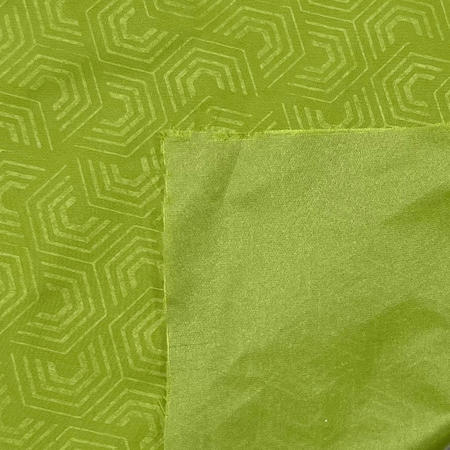For those embarking on extended outdoor expeditions, the comfort and performance of their sleeping system are essential for maintaining energy levels and ensuring restful sleep. Outdoor sleeping bags must perform well under a variety of conditions, including fluctuating temperatures, humidity, and varying levels of exposure to the elements. What role do the fabrics used in sleeping bags play in enhancing comfort and performance during these extended excursions?
A key factor in the comfort of an outdoor sleeping bag is the fabric's ability to regulate body temperature. As the body moves between phases of deep sleep and lighter sleep, it can experience fluctuations in body temperature. Fabrics that allow for ventilation and moisture regulation can help prevent overheating, sweating, or excessive cold. Sleeping bag fabrics made from materials such as breathable polyester or nylon allow for the optimal flow of air while still retaining warmth. This ensures that the sleeping bag performs well in a variety of weather conditions, whether in cooler climates or more temperate zones where heat buildup is a concern.
Furthermore, the moisture-wicking properties of the fabric are critical for long-term comfort during extended trips. After a long day of hiking or mountaineering, a sleeping bag’s ability to wick away moisture from sweat or external water sources is essential for maintaining warmth. Fabrics with moisture-wicking properties, such as those treated with specialized coatings or weaves, ensure that perspiration is drawn away from the skin, keeping the user dry and reducing the risk of discomfort or hypothermia. This is particularly important during multi-day expeditions where a consistent level of dryness is necessary to maintain comfort.
In addition to moisture management, the fabric’s softness and feel against the skin are crucial for comfort, especially for those who may spend multiple nights in the same sleeping bag. Fabrics like brushed polyester or soft-touch nylon provide a comfortable sleeping surface, reducing the chances of irritation and ensuring a more restful sleep experience. A smooth, soft fabric is especially important for people with sensitive skin or those who sleep in direct contact with the bag for extended periods. While durability is paramount for outdoor gear, it should not come at the expense of comfort.
The ability of the fabric to block external elements is another factor in the performance of sleeping bags during long expeditions. Fabrics that are windproof and water-resistant create a barrier between the user and environmental factors like wind or rain. This becomes particularly important when camping in alpine or high-altitude regions, where weather conditions can change rapidly and expose adventurers to harsh conditions. Fabrics like Gore-Tex or nylon with DWR treatments offer an excellent balance of waterproofing and breathability, providing protection from the elements without compromising the comfort of the sleeping system.

Weight and packability are also key considerations for outdoor sleeping bag fabrics, particularly for long treks where minimizing the weight of gear is crucial. Lightweight fabrics, such as ultralight nylon or synthetic blends, allow the sleeping bag to be packed into small, manageable sizes without sacrificing performance. This is especially beneficial for hikers, backpackers, or mountaineers who require gear that is both effective and easy to carry over long distances. In situations where every ounce matters, choosing a fabric that provides warmth and protection without adding unnecessary weight is essential for maintaining physical stamina throughout the journey.
Durability is another feature that directly impacts long-term performance. Extended expeditions often mean prolonged exposure to rough terrain, harsh weather, and heavy use. Fabrics like ripstop nylon are designed to resist tears and abrasions, ensuring that the sleeping bag remains functional even after significant wear. These fabrics are particularly beneficial for outdoor activities in rugged environments, such as desert camping, mountain trekking, or rainforest expeditions, where the terrain and environment may be especially demanding on gear.
The combination of these attributes—thermal regulation, moisture-wicking, softness, protection from the elements, and lightweight portability—makes outdoor sleeping bag fabrics integral to the success and comfort of long outdoor expeditions. By ensuring that sleeping bags are designed with the right fabrics, manufacturers can provide adventurers with the necessary tools to rest effectively and recover during multi-day trips, which ultimately contributes to their overall performance and well-being on the trail.















